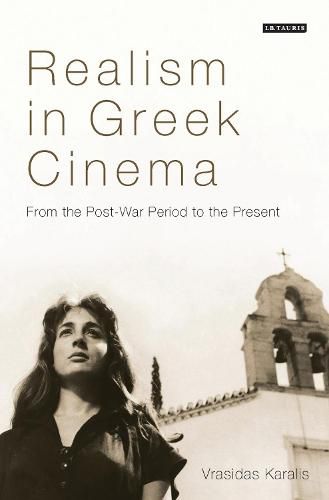Readings Newsletter
Become a Readings Member to make your shopping experience even easier.
Sign in or sign up for free!
You’re not far away from qualifying for FREE standard shipping within Australia
You’ve qualified for FREE standard shipping within Australia
The cart is loading…






The history of Greek cinema post-1945 is best understood through the stories of its most internationally celebrated and influential directors. Focusing on the works of six major filmmakers active from just after WWII to the present day, with added consideration of many others, this book examines the development of cinema as an art form in the social and political contexts of Greece. Insights on gender in film, minority cinemas, stylistic richness and the representation of historical trauma are afforded by close readings of the work and life of such luminaries as Michael Cacoyannis, Nikos Koundouros, Yannis Dalianidis, Theo Angelopoulos, Antouanetta Angelidi, Yorgos Lanthimos, Athena-Rachel Tsangari and Costas Zapas. Throughout, the book examines how directors visually transmute reality to represent unstable societies, disrupted collective memories and national identity.
$9.00 standard shipping within Australia
FREE standard shipping within Australia for orders over $100.00
Express & International shipping calculated at checkout
The history of Greek cinema post-1945 is best understood through the stories of its most internationally celebrated and influential directors. Focusing on the works of six major filmmakers active from just after WWII to the present day, with added consideration of many others, this book examines the development of cinema as an art form in the social and political contexts of Greece. Insights on gender in film, minority cinemas, stylistic richness and the representation of historical trauma are afforded by close readings of the work and life of such luminaries as Michael Cacoyannis, Nikos Koundouros, Yannis Dalianidis, Theo Angelopoulos, Antouanetta Angelidi, Yorgos Lanthimos, Athena-Rachel Tsangari and Costas Zapas. Throughout, the book examines how directors visually transmute reality to represent unstable societies, disrupted collective memories and national identity.